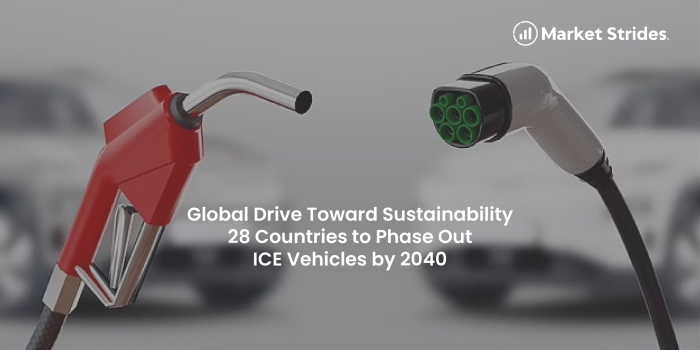| Passenger Cars (ICE & EVs) |
Toyota, Volkswagen Group, General Motors, Hyundai, Ford |
Toyota and VW consistently lead in global sales volumes |
| Electric Vehicles (EVs) |
Tesla, BYD, NIO, Rivian, Lucid Motors |
Tesla is a pioneer; BYD is now the top EV seller by volume (2024) |
| Commercial Vehicles |
Daimler Truck, Volvo Group, Tata Motors, PACCAR, Scania |
Strong focus on freight, logistics, and construction |
| Automotive Aftermarket |
Bosch, Denso, Continental, AutoZone, Magna |
Major parts suppliers and retailers in global and regional markets |
| Autonomous Vehicles (AVs) |
Waymo (Alphabet), Tesla, Cruise (GM), Baidu, Mobileye (Intel) |
Leaders in self-driving R&D and deployment trials |
| Connected Vehicles & Tech |
Qualcomm, NVIDIA, Huawei, Bosch, Harman (Samsung) |
Provide telematics, infotainment, V2X and chipsets for smart mobility |
| Mobility-as-a-Service (MaaS) |
Uber, Lyft, Didi Chuxing, Grab, Ola |
Dominant ride-hailing and urban mobility platforms |
| OEMs & Vehicle Manufacturing |
Toyota, Stellantis, Renault-Nissan-Mitsubishi, BMW, Honda |
Global scale producers with diverse vehicle portfolios |


_A_Beginners_Guide-01.jpg)